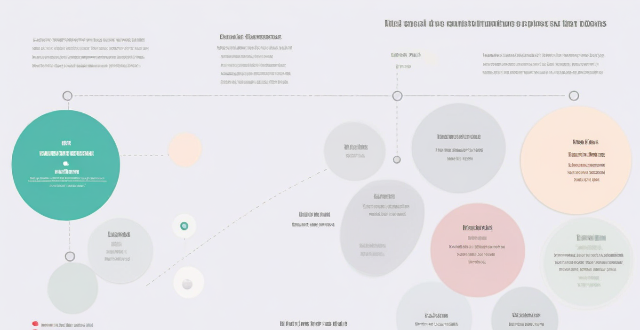NBA coaches create effective game plans by analyzing the opponent, understanding their team's capabilities, and devising strategies to maximize winning chances. They watch film to identify patterns and tendencies, rely on scouting reports for detailed analysis, and consider player roles, matchups, and health when creating a plan. Coaches choose offensive sets that exploit defensive weaknesses and decide on defensive approaches based on offensive strengths. They are prepared to make adjustments during the game and communicate the plan effectively to their players through practice sessions and video analysis. Player buy-in is crucial for success.

How NBA Coaches Create Effective Game Plans
Creating an effective game plan is essential for any NBA coach. It involves analyzing the opponent's strengths and weaknesses, understanding your team's capabilities, and devising strategies to maximize your chances of winning. Here's a detailed look at how NBA coaches create effective game plans:
Analyzing the Opponent
Studying Film
Coaches spend hours watching film of their opponents to identify patterns and tendencies. They look for things like:
- Offensive sets: What plays does the opponent run most frequently? Are they effective?
- Defensive schemes: Does the opponent play man-to-man or zone defense? How do they defend pick-and-rolls?
- Player tendencies: Which players are scorers, playmakers, or defenders? Do certain players have tendencies that can be exploited?
Scouting Reports
Coaches also rely on scouting reports from their staff or other sources. These reports provide detailed analysis of the opponent's strengths, weaknesses, and potential matchup problems.
Understanding Your Team
Player Roles
A coach needs to understand each player's role on the team. This includes knowing who the go-to scorers are, who can create their own shot, and who should be relied upon in crucial situations.
Matchups
Coaches consider which players on their team match up well against the opponent. This could involve using a bigger player to guard a smaller one or a quicker player to defend a fast-paced team.
Injuries and Health
Coaches must also consider the health and fitness levels of their players. If a key player is injured or not at full strength, adjustments may need to be made to the game plan.
Devising Strategies
Offensive Schemes
Based on the opponent's defensive tendencies, coaches will choose offensive sets that can exploit those weaknesses. This might involve running more pick-and-rolls, isolation plays, or even setting up for three-point shots.
Defensive Approach
Similarly, coaches will decide whether to play man-to-man or zone defense based on the opponent's offensive strengths. They may also employ specific defensive strategies like trapping ball screens or switching on pick-and-rolls.
Adjustments During the Game
Coaches must be prepared to make adjustments during the game if things aren't going as planned. This could involve changing the rotation, implementing different offensive sets, or adjusting defensive assignments.
Communication and Preparation
Practice Time
Once the game plan has been created, coaches need to communicate it effectively to their players during practice sessions. This includes going over specific plays, defensive assignments, and any special instructions for certain situations.
Video Sessions
Coaches often use video sessions to show examples of what they want their team to do on both ends of the floor. This helps players visualize the game plan and understand their roles better.
Player Buy-in
Finally, coaches must ensure that their players buy into the game plan. This involves getting feedback from players, addressing any concerns they may have, and building confidence in the strategy being employed.
In conclusion, creating an effective game plan in the NBA requires careful analysis of both your team and your opponent, strategic planning based on that analysis, and effective communication and preparation with your players. By following these steps, coaches can give their teams the best chance of success on the court.